
Welcome to the decorholic, your ultimate guide on how to choose the perfect interior color scheme for your home. I understand that selecting the right color palette for your living space is a crucial decision, as it sets the tone, ambiance, and overall aesthetic of your home.
The colors you choose have the power to evoke emotions, create visual harmony, and express your unique personality and style. That’s why we are here to provide you with comprehensive insights and expert advice on color theory, various color schemes, and practical tips to help you navigate through the exciting world of interior color selection.
Whether you’re looking to create a cozy and inviting atmosphere, a vibrant and energetic space, or an elegant and sophisticated sanctuary, my guide will empower you to make informed decisions and transform your home into a reflection of your vision and taste. So, let’s dive deep into the fascinating realm of interior color schemes and discover the perfect palette for your home.
What’s A Color Scheme?
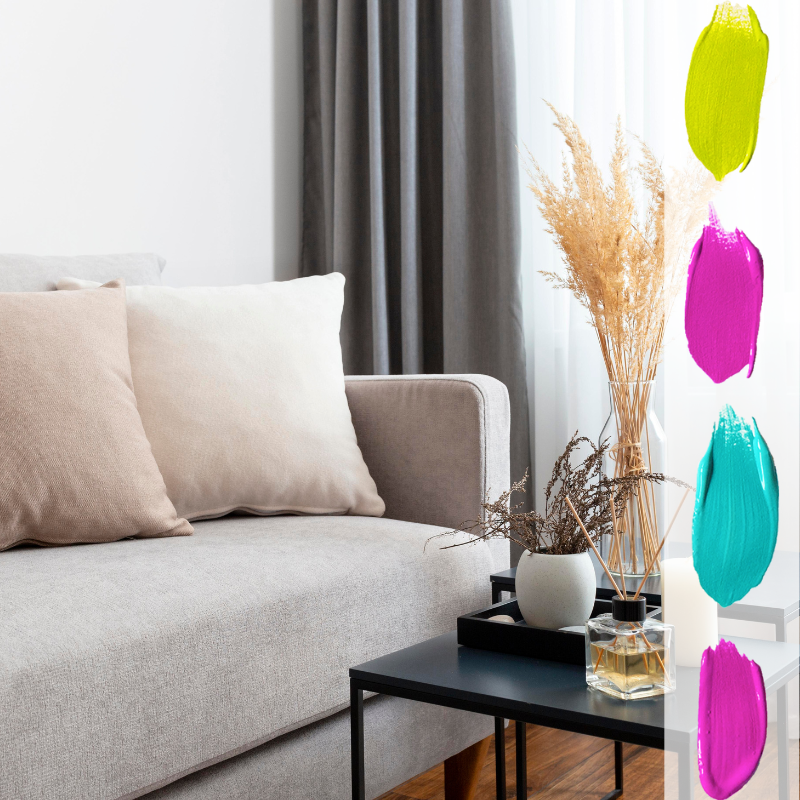
In order for you to have a clear understanding on how to choose the perfect interior color scheme, you need to know what color scheme is. A color scheme is a predetermined selection of colors that work together harmoniously to create a desired effect or mood. When it comes to interior design, a color scheme is often used as a foundation for choosing the colors of walls, furniture, and decor. There are many different types of color schemes, each with its own unique characteristics and uses.
“There’s no perfect color scheme, but there is a perfect color scheme for you. Consider your lifestyle, personality, and desired atmosphere. Don’t be afraid to experiment, trust your gut, and create a space that reflects your soul.”
Says Billy Baldwin, celebrated designer and actor:
For example, a monochromatic color scheme uses different shades and tones of the same color to create a subtle, cohesive look, while a complementary color scheme pairs colors that are opposite each other on the color wheel to create a bold, high-contrast look. By understanding the different types of color schemes and their uses, you can choose the perfect color scheme for your space and achieve the desired effect.
Also: The Rule Of Three For Decorating Your Home
Color Theory
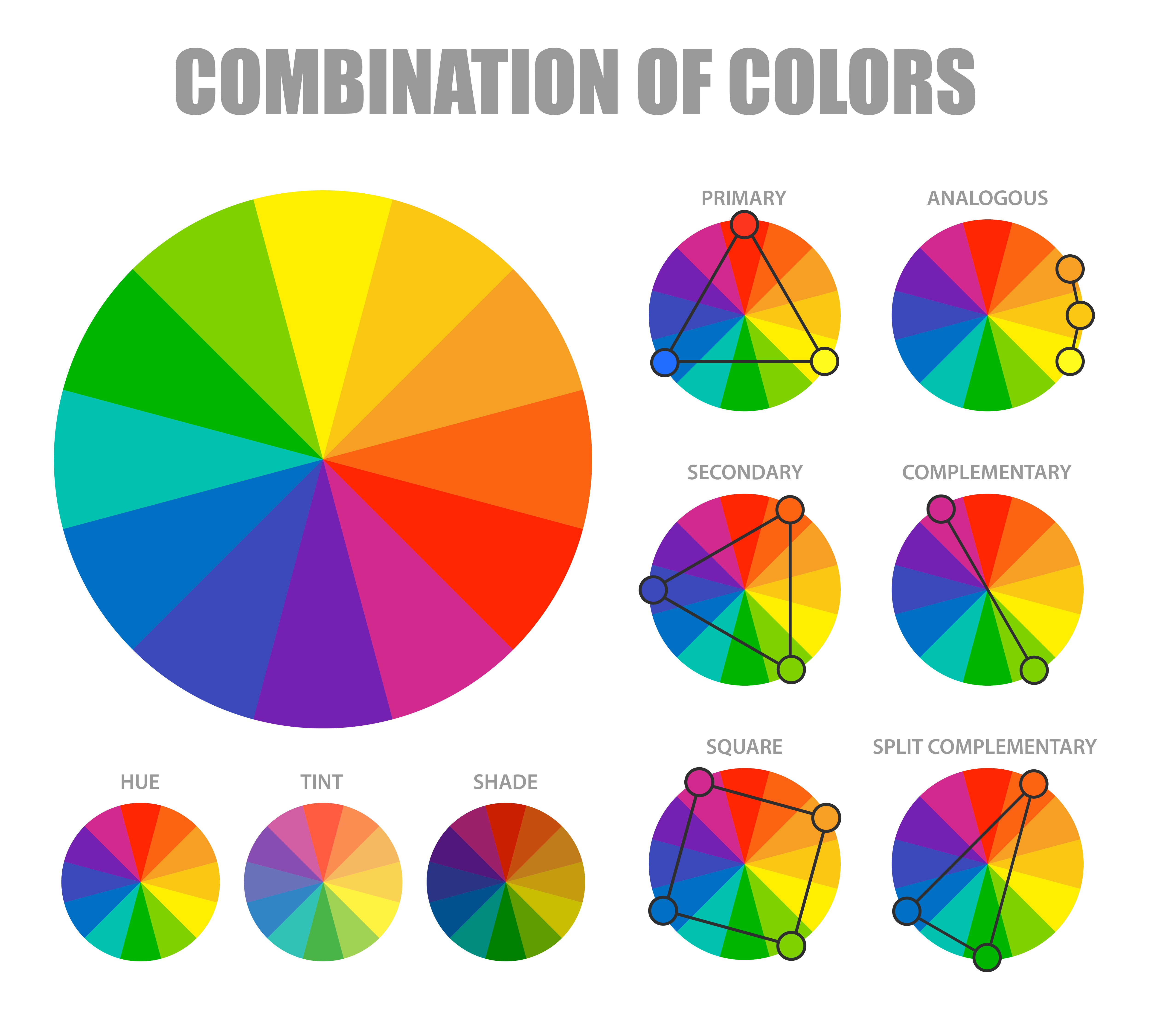
What’s Color Theory?
Color theory in home decor is the study and understanding of how colors interact and influence our perception of a space. It encompasses the principles and guidelines that help us create harmonious and visually pleasing color combinations within our homes.
Color theory explores concepts such as color wheel relationships, color temperature, and the psychological impact of different colors. By applying color theory in home decor, you can effectively create desired moods and atmospheres, highlight architectural features, and even visually alter the perception of space.
Understanding color theory allows you to make informed decisions about which colors to use as dominant, complementary, or accent shades within a room. It empowers you to strike the perfect balance between colors, ensuring that your chosen color scheme enhances the overall aesthetic appeal and creates a cohesive, inviting, and personalized environment in your home.
Before we dive into the specifics of choosing an interior color scheme, it’s important to understand the basics of color theory. Colors can be divided into three categories: primary, secondary, and tertiary.
Primary colors are red, blue, and yellow, and cannot be created by mixing other colors. Secondary colors are green, orange, and purple, and are created by mixing two primary colors. Tertiary colors are created by mixing a primary and a secondary color.
Also: How To Create a Hypebeast Bedroom Decoration On a Budget
Understanding Color Theory
When it comes to choosing an interior color scheme, there are two primary methods: complementary and analogous.
Complementary Color Scheme
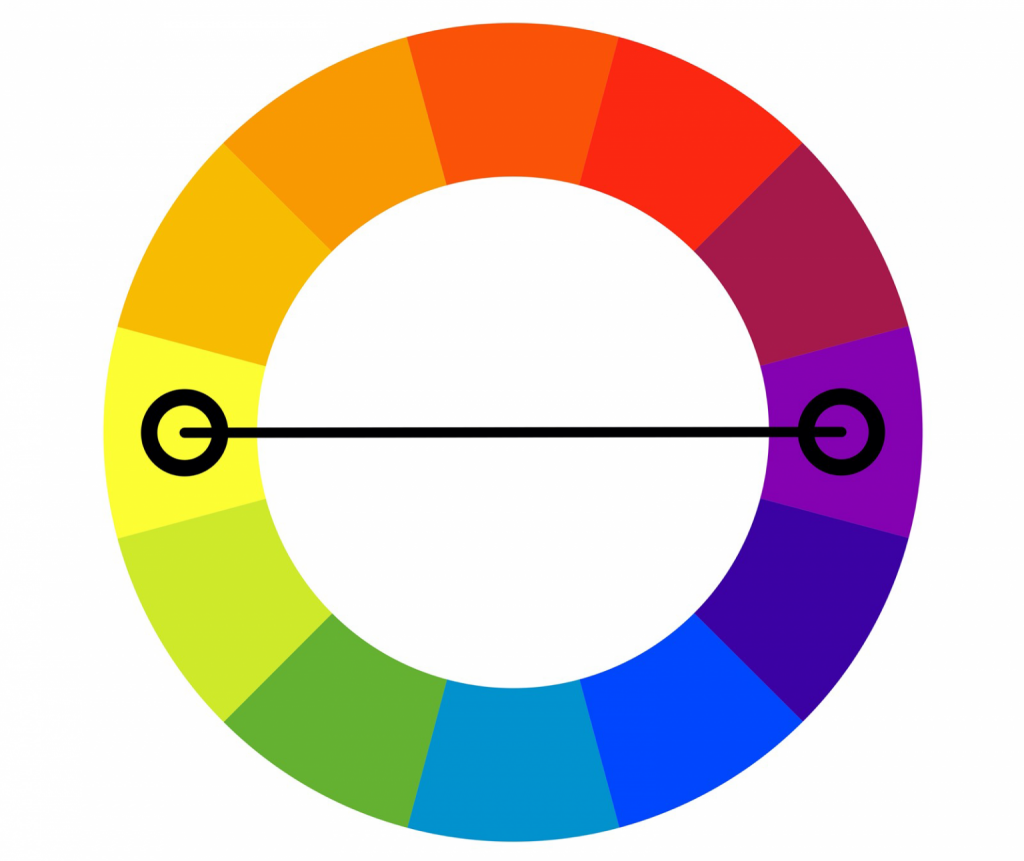
A complementary color scheme uses colors that are opposite each other on the color wheel. This type of scheme provides a high contrast and creates a vibrant and dynamic look. For example, pairing blue and orange or red and green.
Analogous Color Scheme
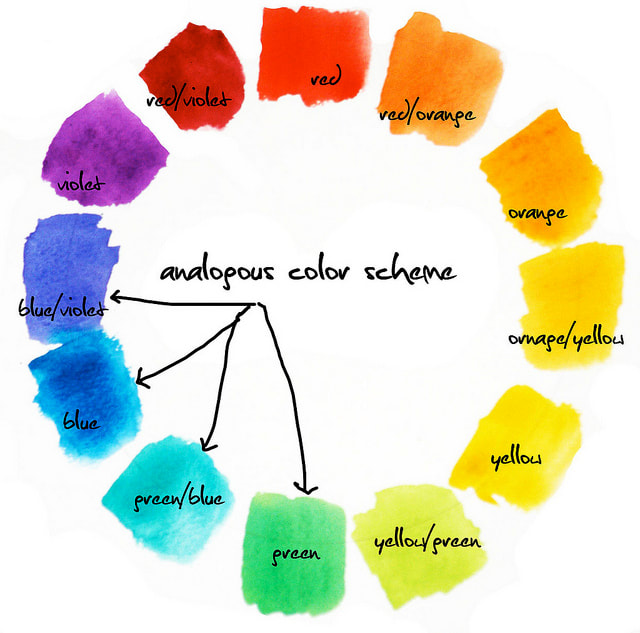
An analogous color scheme uses colors that are next to each other on the color wheel. This type of scheme creates a more subtle and harmonious look. For example, pairing blue, green, and yellow.
Choosing the Right Colors for Your Home
Now that you have a basic understanding of color theory and the different color schemes, it’s time to choose the right colors for your home. Here are some factors to consider:
Natural Light
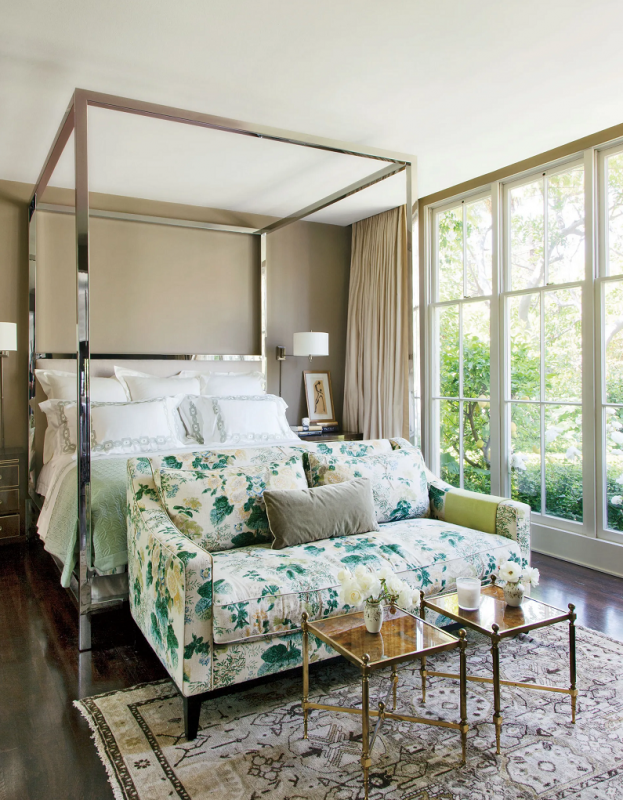
The amount of natural light your home receives will have a significant impact on how the colors you choose appear. Rooms with ample natural light can handle darker colors, while rooms with less natural light may benefit from lighter colors.
“Natural light is the greatest luxury in any space. It elevates everything — it makes colors richer, textures more interesting, and the overall feeling more alive. Embrace it as much as possible!”
Says Kelly Wearstler, renowned interior designer:
Room Size
The size of the room should also be taken into consideration when choosing colors. Smaller rooms may benefit from lighter colors to make them appear larger, while larger rooms can handle darker colors.
Existing Furniture and Decor
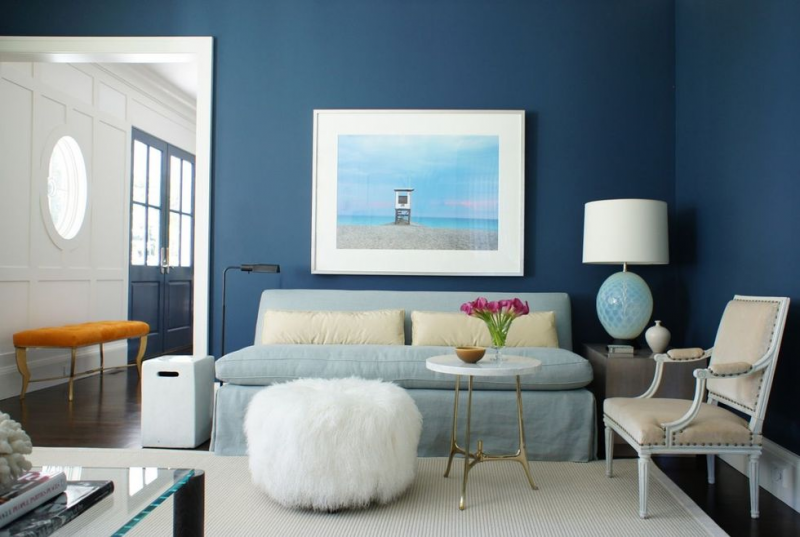
Consider the existing furniture and decor in the room when choosing colors. If you have a neutral-colored sofa, you may want to choose a bold color for the walls to create contrast. Alternatively, if you have a colorful piece of art, you may want to choose a more neutral color for the walls to avoid overwhelming the space.
Also: How To Create a Dining Room Gallery Wall
Creating a Color Scheme
Once you’ve considered the factors above, it’s time to create a color scheme. Here are some steps to follow:
- Choose a dominant color for the room. This will be the primary color that sets the tone for the space.
- Choose a secondary color that complements the dominant color. This can be a color from the same color family or a complementary color.
- Choose an accent color to add depth and interest to the space. This can be a bolder color or a metallic accent.
- using different shades and tones of the same color to create a cohesive look.
Sample Color Schemes
Here are some sample color schemes to inspire you:
Blue and white: A classic color combination that creates a fresh and airy feel.

Green and yellow: A cheerful and bright color combination that is perfect for a kitchen or dining room.
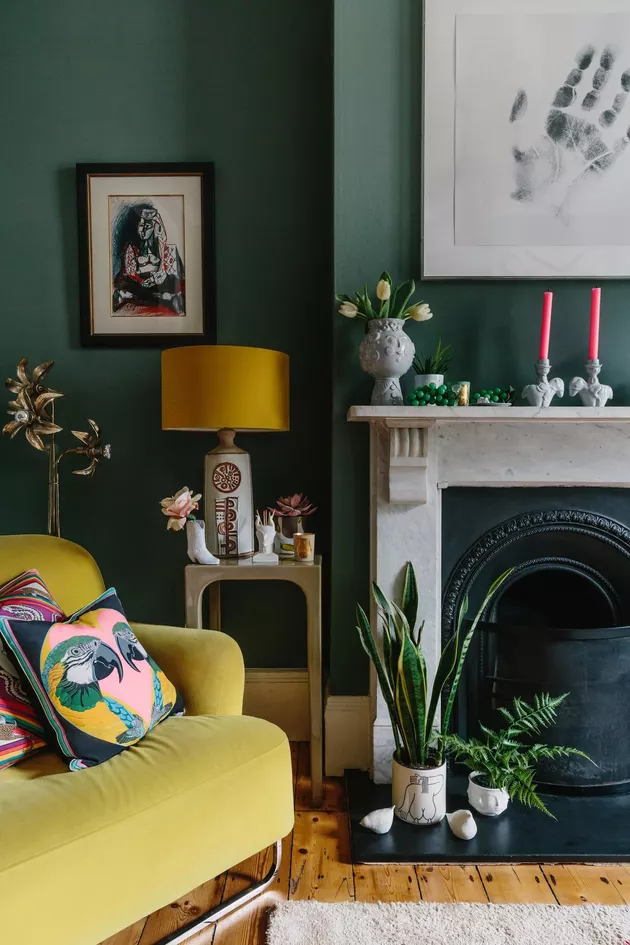
Gray and pink: A sophisticated and feminine color combination that is perfect for a bedroom.
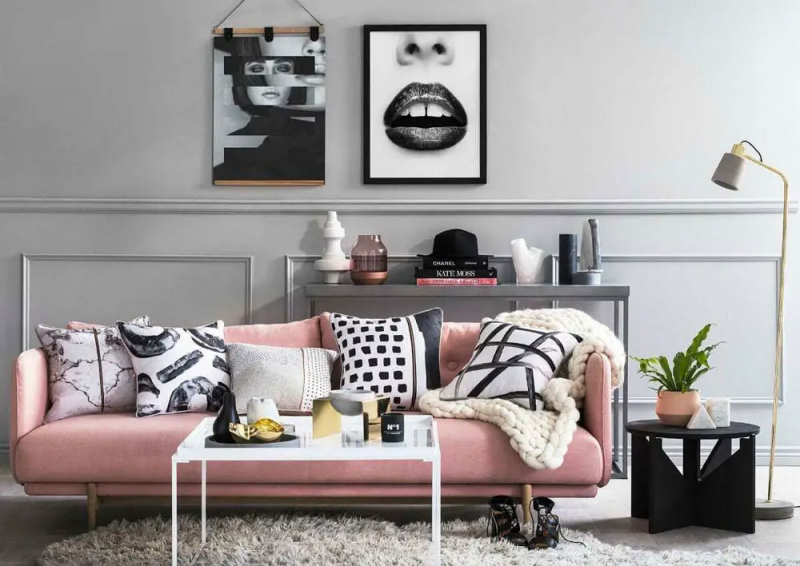
How to Apply Your Interior Color Scheme
Now that you’ve chosen the perfect interior color scheme for your home, it’s time to apply it. Here are some tips to help you get started:
“Color is powerful. It can energize, soothe, and set the stage for your life. Don’t underestimate its impact. Draw inspiration from nature, art, or even memories, and don’t be afraid to break the rules and create something unique to you.”
Says Nate Berkus, influential decorator and TV personality:
- Start with the walls. Paint the walls with your dominant color to establish the foundation of the room. Use a roller to apply the paint in long strokes, and use a brush for the corners and edges.
- Add accents. Use your secondary and accent colors to add interest and depth to the space. This can be done through decor, such as throw pillows, curtains, and artwork.
- Consider texture. Texture can add another layer of interest to your color scheme. Use different textures in your decor, such as a shag rug or a velvet sofa, to create contrast.
- Be mindful of balance. Balance is important when applying your color scheme. Be sure to distribute the colors evenly throughout the room to create a cohesive look.
- Don’t be afraid to experiment. Remember, your color scheme is a reflection of your personal style. Don’t be afraid to experiment with different shades and tones to find the perfect balance for your space.
By following these tips, you can apply your interior color scheme and create a space that is both beautiful and functional.
Also: How To Design A Nursery: A Step-by-Step Guide for First-Time Moms
Most Popular Post:
15 Must-Have Accessories For Styling A Coffee Table
How to Choose the Perfect Interior Color Scheme for Your Home
Expert Guide On How To Buy A Rug For Each Room
Conclusion
In conclusion, how to choose the perfect interior color scheme for your home is an exciting and transformative process. By understanding color theory, considering factors such as natural light and room size, and taking into account existing furniture and decor, you can create a space that truly reflects your style and personality.
Whether you opt for a complementary color scheme to add vibrancy and contrast or an analogous color scheme for a more harmonious and soothing ambiance, the possibilities are endless. Remember to apply your chosen color scheme thoughtfully, starting with the walls and incorporating accents and textures to achieve a balanced and visually appealing result. Don’t be afraid to experiment and let your creativity shine through.
Your home is a canvas, and with the right color scheme, you can paint a masterpiece that brings joy, comfort, and inspiration to all who enter. So, embrace the power of color, trust your instincts, and embark on this wonderful journey of transforming your home into a haven that is uniquely yours. Happy decorating!
How to Choose the Perfect Interior Color Scheme for Your Home (FAQs)
1. How do I choose the right color scheme for a small room?
When selecting a color scheme for a small room, it’s generally recommended to opt for lighter shades. Light colors create an illusion of more space and make the room feel more open and airy. Consider using neutral tones, pastels, or soft shades to maximize the perceived size of the room.
2. Can I combine multiple color schemes in different rooms of my home?
Absolutely! Each room can have its own distinct color scheme based on its purpose and the desired atmosphere. Just ensure there is some level of harmony or continuity between the rooms to maintain a cohesive flow throughout your home. You can achieve this by using common accent colors or incorporating elements from one color scheme into another.
3. How can I incorporate bold or vibrant colors into my color scheme without overwhelming the space?
Bold colors can add a touch of personality and visual interest to a room. If you’re concerned about overwhelming the space, consider using bold colors as accents rather than as the dominant shades. For example, you can incorporate bold colors through accessories, artwork, or statement furniture pieces while keeping the walls and larger furniture in more neutral or subdued tones.
4. Can I use different color schemes for different seasons?
Yes, you can certainly adapt your color scheme to different seasons. Many people enjoy incorporating seasonal elements into their home decor, including color schemes. For example, you can use warm, earthy tones during the autumn months and cooler, refreshing shades during the spring and summer. This allows you to create a dynamic and ever-changing atmosphere that aligns with the seasons and adds a fresh feel to your home.
5. How can I test a color scheme before committing to it?
Before fully committing to a color scheme, it’s wise to test it out in the space. Start by obtaining paint samples or fabric swatches of the colors you’re considering. Place them in the room and observe how they look in different lighting conditions and at different times of the day. You can also create digital mood boards or use online visualization tools to get a sense of how the colors will work together. These steps can give you a better idea of how the color scheme will translate into reality.
Remember, choosing an interior color scheme is a personal and subjective process. There are no hard and fast rules, and the most important factor is creating a space that resonates with your style and brings you joy. Use these FAQs as a starting point to guide your decision-making, and trust your instincts to create a color scheme that truly makes your home shine.
CATCH THE LATEST IN HOME DECOR TRENDS:

Steal These 15 Expert-Approved Decorating Secrets

How To Accessories Your Living Room

Small Space? 10 Ways To Make A Room Appear Bigger

Make Your space Look Expensive
GET CAUGHT UP ON ALL THE INSPIRING DECOR TIPS:

18 Fresh Decorating Ideas To Update Your Fireplace

How To Create An Art Gallery Wall

